
Canadian Smocks : The Complete Guide
What are Canadian Smocks ?
Canadian smocks are a type of fabric manipulation or hand stitching technique, also sometimes called North American smocks.
The craftsman make stitches on certain places of the fabric, to gather the fabric together, creating a 3D pattern.
There are a lot of different existing pattern [Just type “Canadian Smocks Patterns” in Pinterest to see what I mean 😉 ]
Almost all smock patterns needs to be hand made, and this technique takes quite a long time to make.
What I love about Canadian Smocks is that they create a lot of volume ; the fabric doesn’t stay flat and 2D, it become three dimensional. And I love the mix of repetition and organic shapes in the patterns.
They are not to be confused with (regular) smocks, that originally had the goal of creating elasticity in clothes. Regular smocks are made by pleating fabric, then adding threads, often colored and following a decorative pattern, to hold it in place.
Sometimes, due to the similarities of names, Smocks can be explained as a general type of fabric manipulation, inside of which you can find English smocks, American/Counter change smocks, Canadian smocks, amongst other names and variations. But I found Canadian Smocks to be quite different from the other types of smocks ; I consider it as a different technique, and therefore made this dedicated post !
Origin
There isn’t a lot of information on the invention of Canadian Smocks. I’m not even sure it’s from Canada ! But this keyword is how I found it on Pinterest and Google, so I’m adopting it too.
It seems to have had the most success in the 20th century, although the first time we found a smocked pattern is on a 18th century French dress, now owned by the Metropolitan Museum of Art.
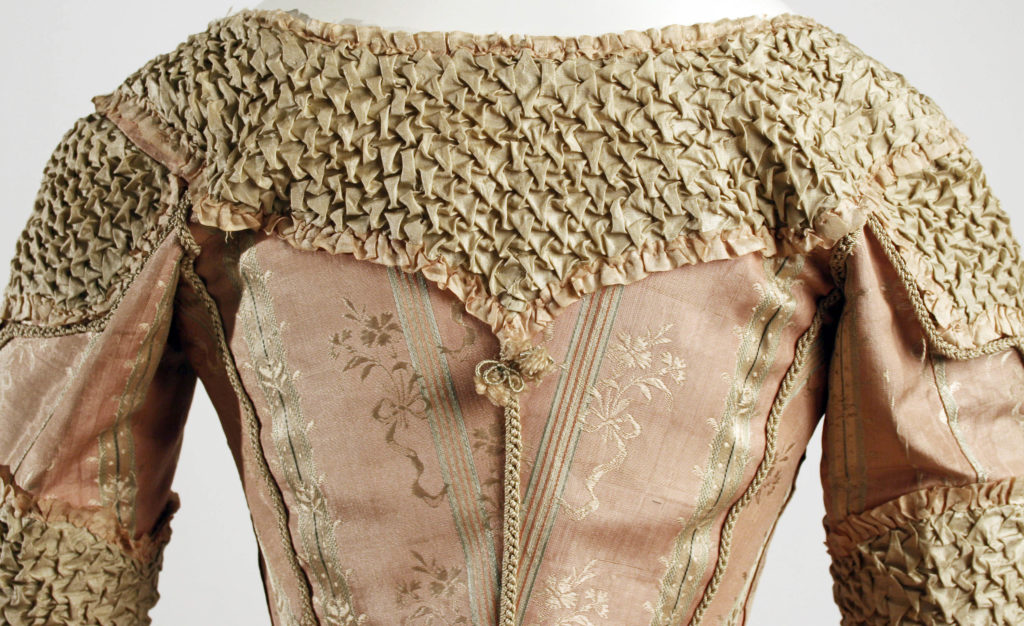
The first time Canadian Smocks became fashionable was during the 30’s & 40’s. The second time was in the 70’s, when synthetic velvet appeared. We used to make cushions and bolsters with canadian smocks, mostly.
Since this technique is so close to smocks, it might also have been used for fashion clothes, mostly for women’s blouses & dresses.
Learn more on this topic by reading the 2nd part of MrxStitch’s article.
What’s the difference between Smocks & Canadian Smocks ?
A quick comparison between those 2 techniques :
| Smocks : | Canadian Smocks : |
|---|---|
| Used to create elasticity, before the invention of elastane and other elastic man made fibers | Don’t create elasticity |
| Fabric is pleated, then stitches create the pattern, often with colored threads to embellish the work | Stitches are NOT visible on front |
| Worked from front | Worked from the back |
| Pleats create the volume, stitches create the decor | The stitches creates the volume |
Different Canadian smocks patterns
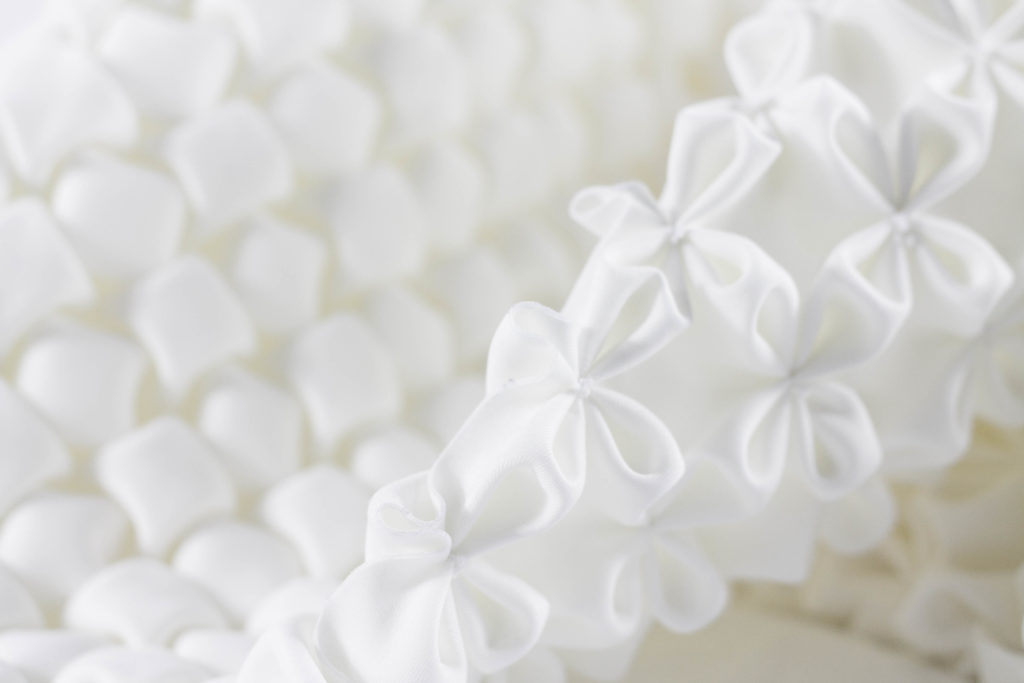
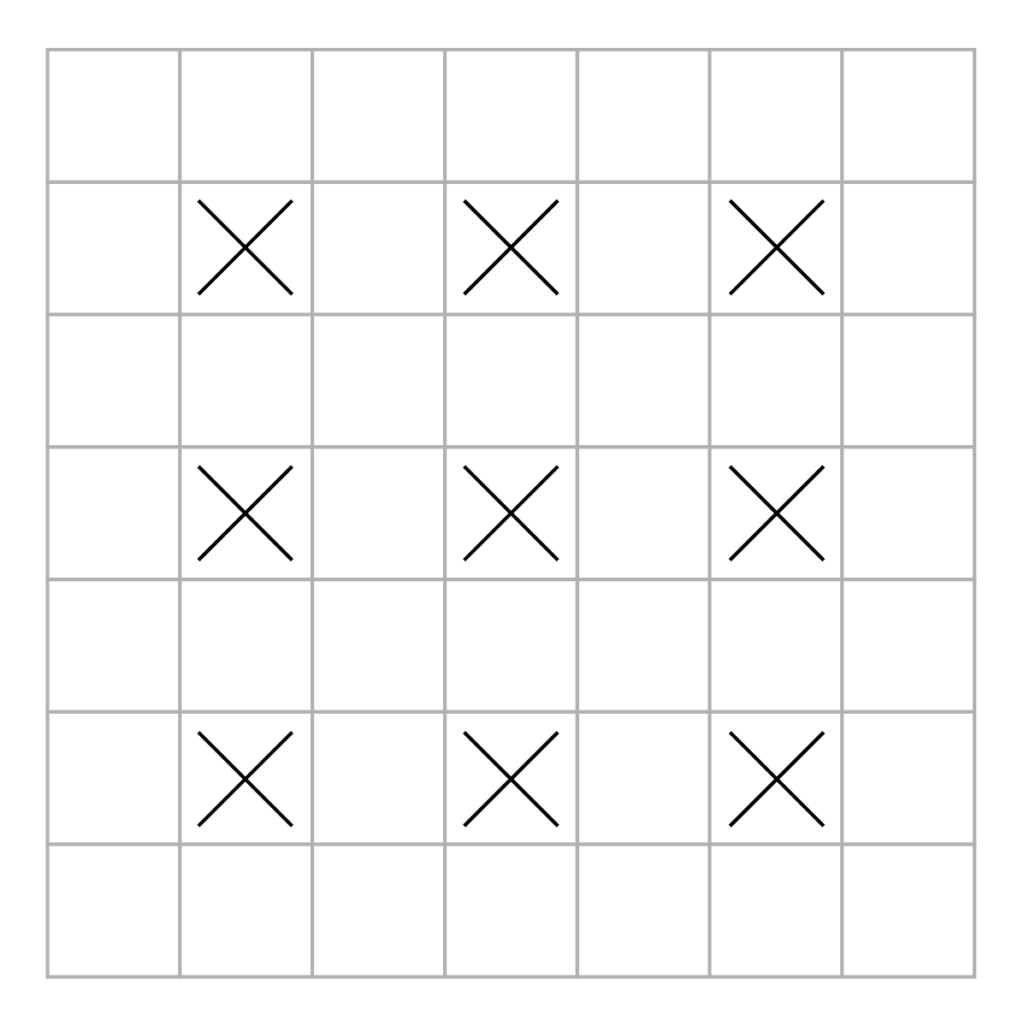
Those are the most common, but there are plenty more existing. You can even create your own ! Check out my Pinterest Board for more pattern & Inspiration about Canadian Smocks.
How to make Canadian Smocks ?
Canadian Smocks may seem complicated, but they really are not. Once you know how to make one stitch, you just repeat the process ! [A loooot of time, yes, but it’s always the same stitch] It’s more time consuming than complicated 🙂
Be careful of choosing a fabric at least twice as big as the final size your aiming for, because gathering fabric together reduce the size of the final piece.
1. Choose a fabric for your creation
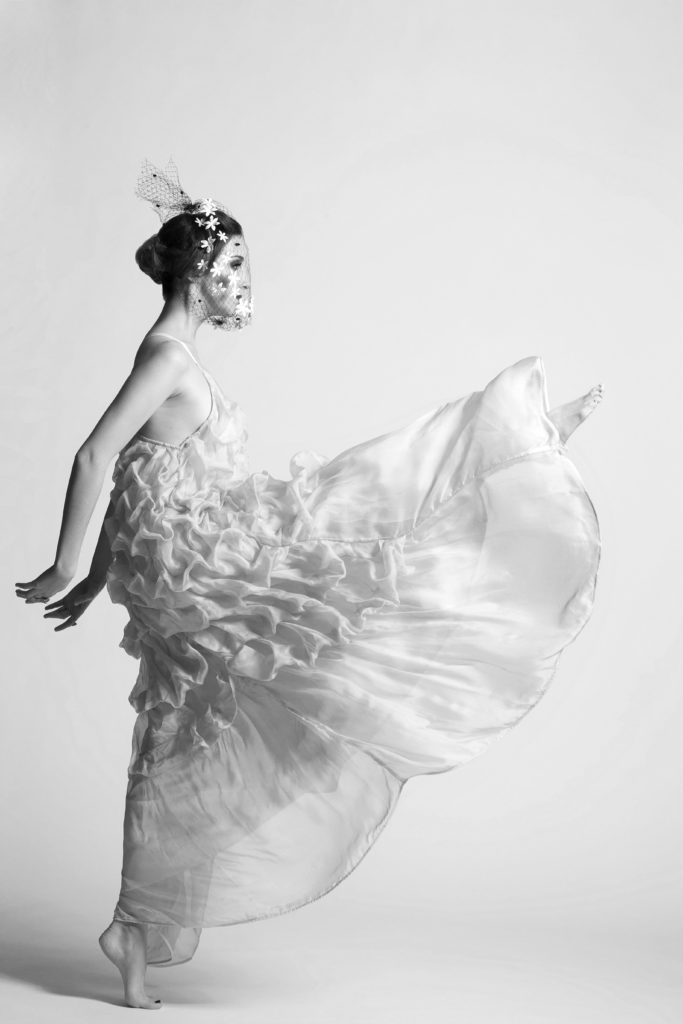
Any fabric will work, but if you try different ones, you will see that the results can look completely different. Usually velvet and satin were used, but I find them a bit outdated, and prefer to use other fabrics [my favorite ones is Neoprene, because it is so soft, moderne and creates a cozy look when smocked]
If you want an origami-like result, choose a fabric that is thin, stiff, breaking, paper-like. For example, taffetas, organza, or even canvas or a thinner cotton based fabric.
If you want something more cozy, find a soft, weighty and mellow fabric. For example, neoprene, knitted wools, or a felted fabric that isn’t too thick.
I also love to have something quite airy, light and transparent for a more poetic approach, like I did on this dress, using silk chiffon.
2. Choose a pattern
In addition to the pattern presented up there, Pinterest is overflowing with new pattern ideas ! When I first tried Canadian Smocks, I really enjoyed trying a lot of different patterns, on different fabrics, and on different scales, just to see what I’ll end up with ! [The research part is always my favorite – fun, discovery, learning, and no pressure to get a result right away 🙂 ]
I was using small pieces of fabric, to end up with approximately 15x15cm samples.
3. Trace the pattern
Either on pattern paper or directly on the fabric, trace the grid and fill out the mark to remember where to stitch.
If you did it on the paper [Smart, you won’t have to trace it again next time 😉], now is the time to mark the fabric as well.
Remember, we are making the stitches on the back side, so make sure you’re tracing the pattern on the back side of the fabric.
4. Start stitching !
This is going to be the longest part !
Following the guide your just traced on the fabric, start stitching. At each dot, put your needle inside the fabric, and make it go up again only a few threads later. [I know, this sentence isn’t quite easy to understand, see the picture to see what I mean !]
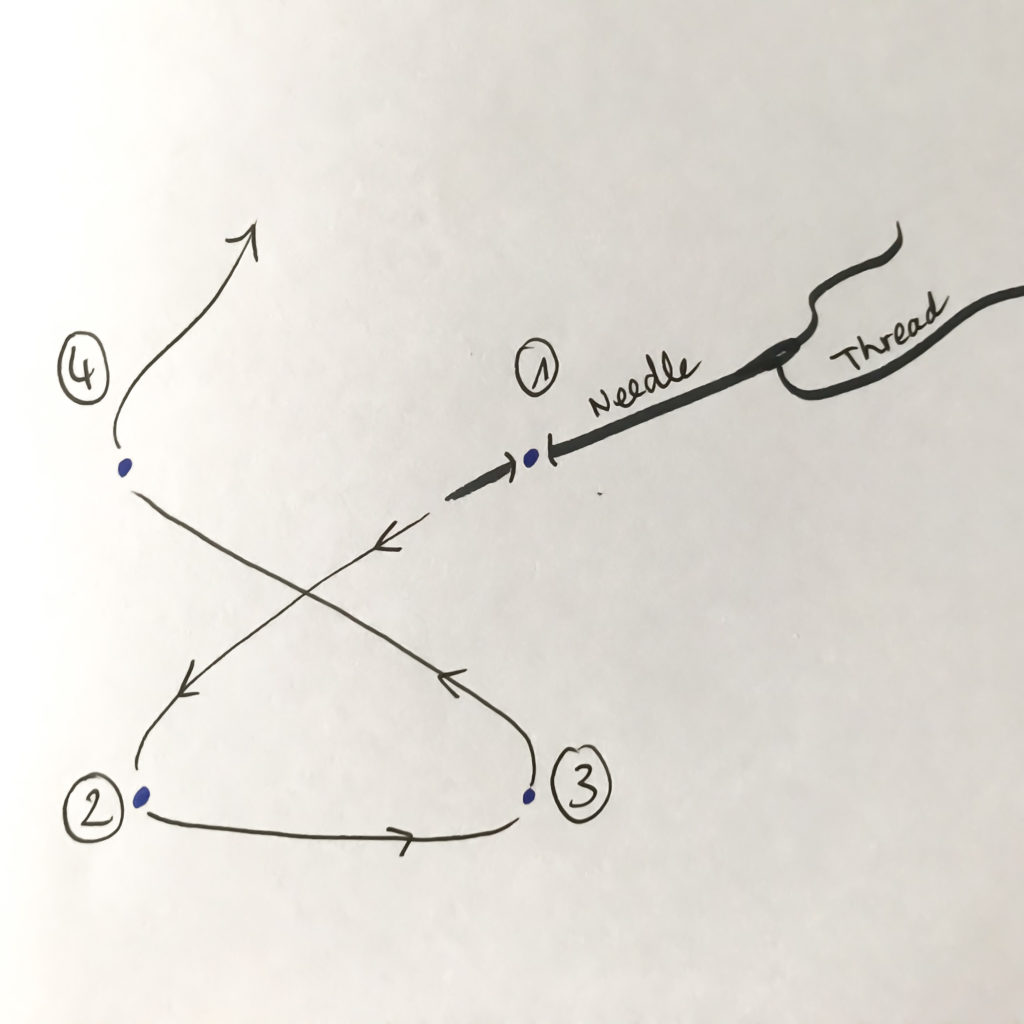
Here you go ! You’ve done your first Canadian Smocks, Congratulations !
Wanna show your new work ? Join my free Facebook group and post your pictures !
Do you want to learn how to make these ?
I made a free ebook to show you EXACTLY how I made my Neosmock cushions ! [Neo for neoprene, smocks for… well smocks 😄]
I’m showing every step I took + my best tips to be more efficient when smocking [It takes hours to makes them, so if I can save some time, I’m excited !]
Click the image to download the Neosmock guide !


Floriane Schmitt is a textile designer, sharing her knowledge about textiles + creativity. She graduated with honors at a Parisian fashion school in Fashion Design & Fashion Business, and started her career with Flo Home Delight, her creative textile studio. Discover her collections on www.flohomedelight.com. She is also teaching creative souls how to become better designers, using textile as a main medium.


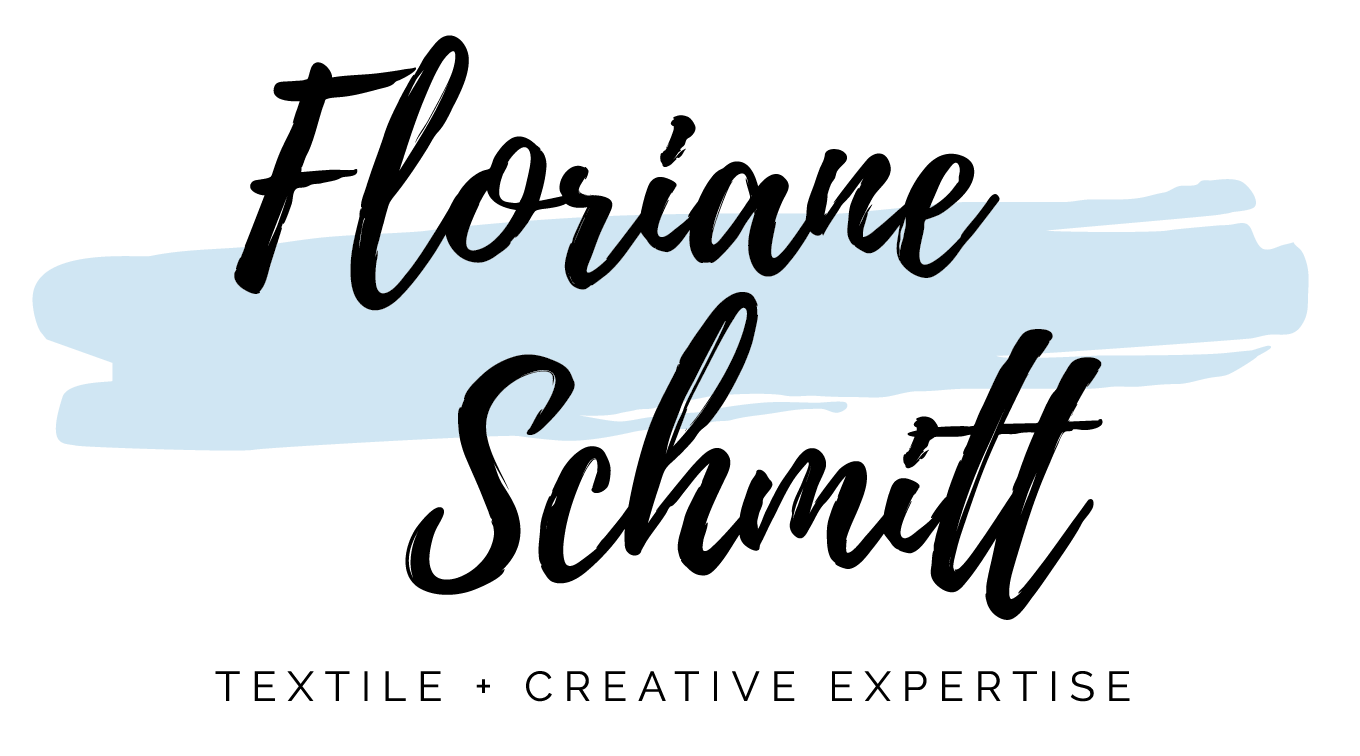
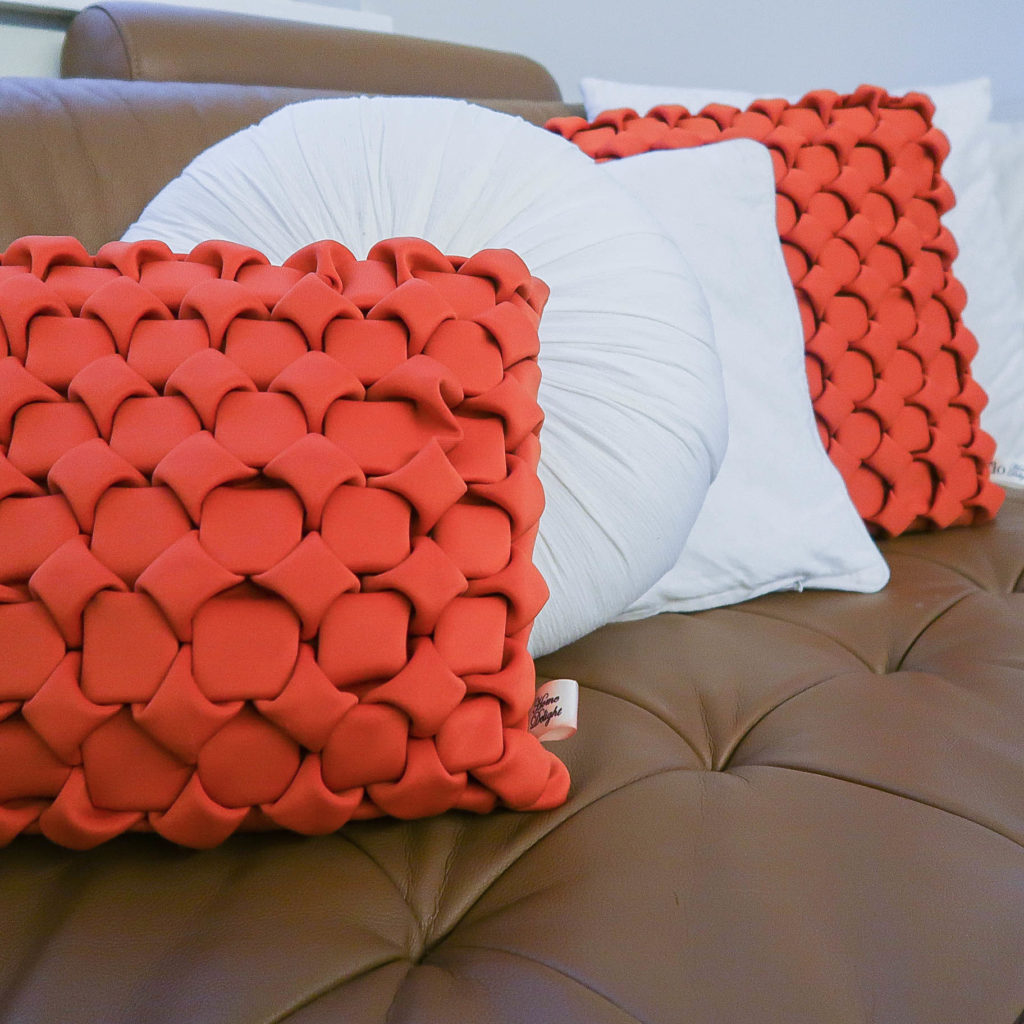
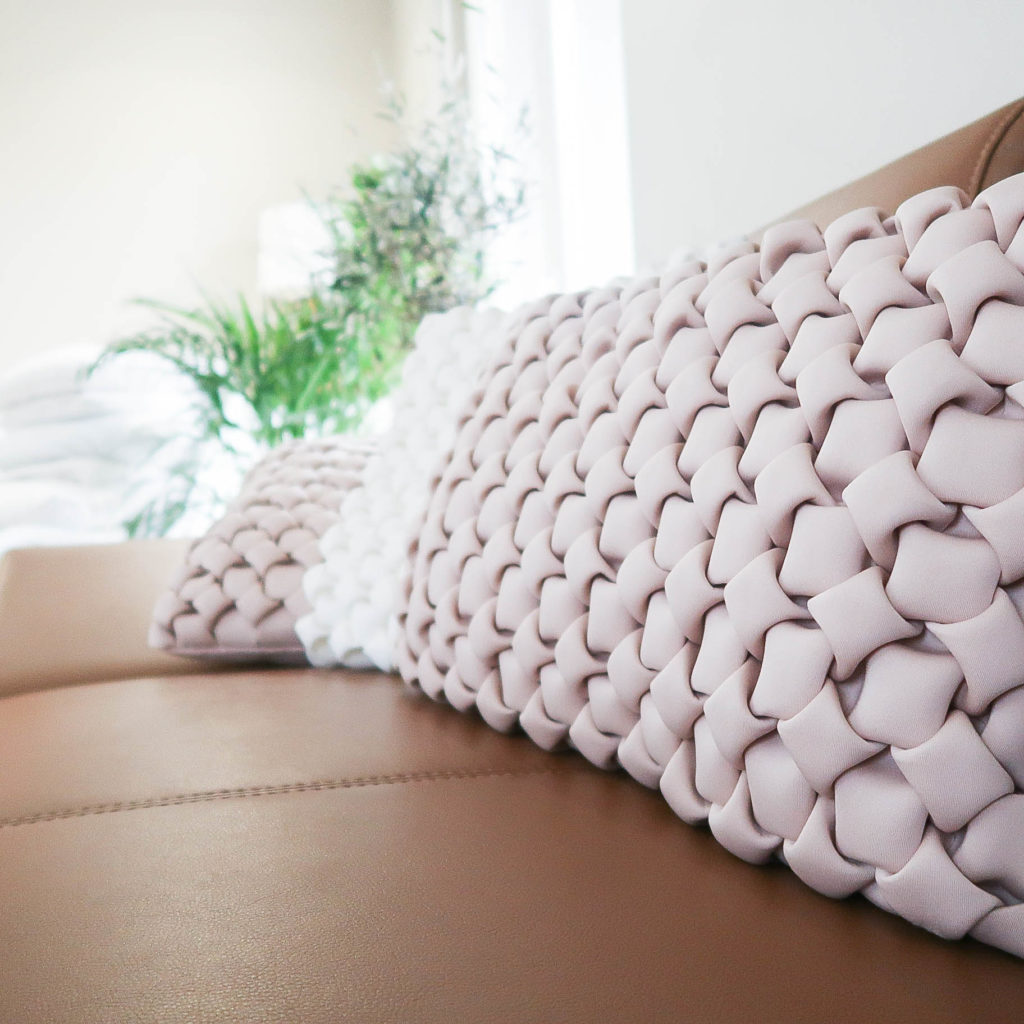
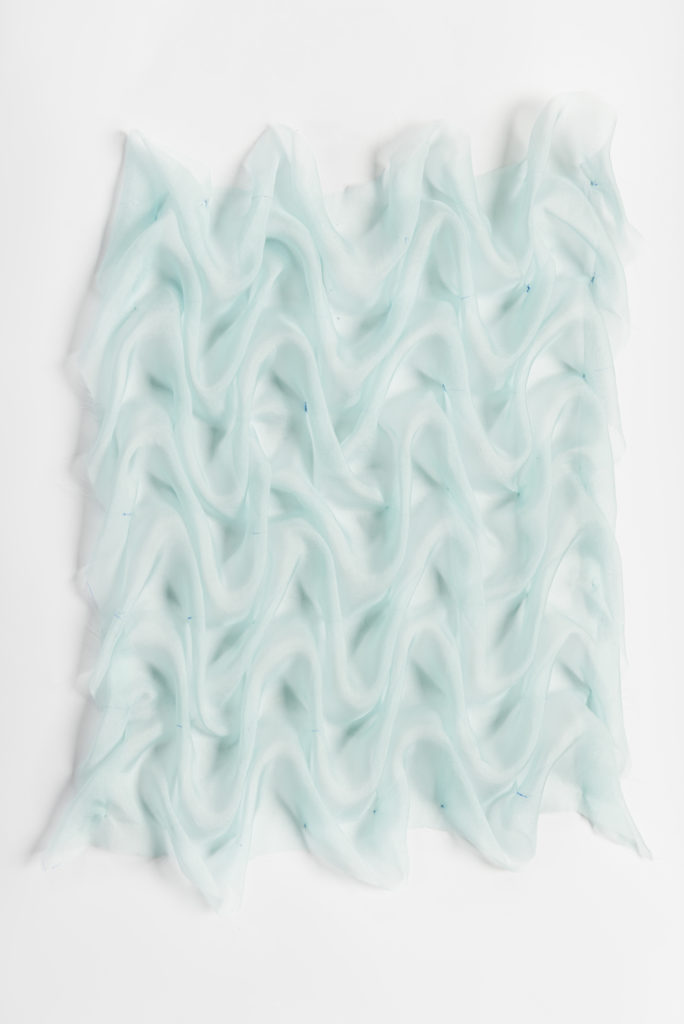
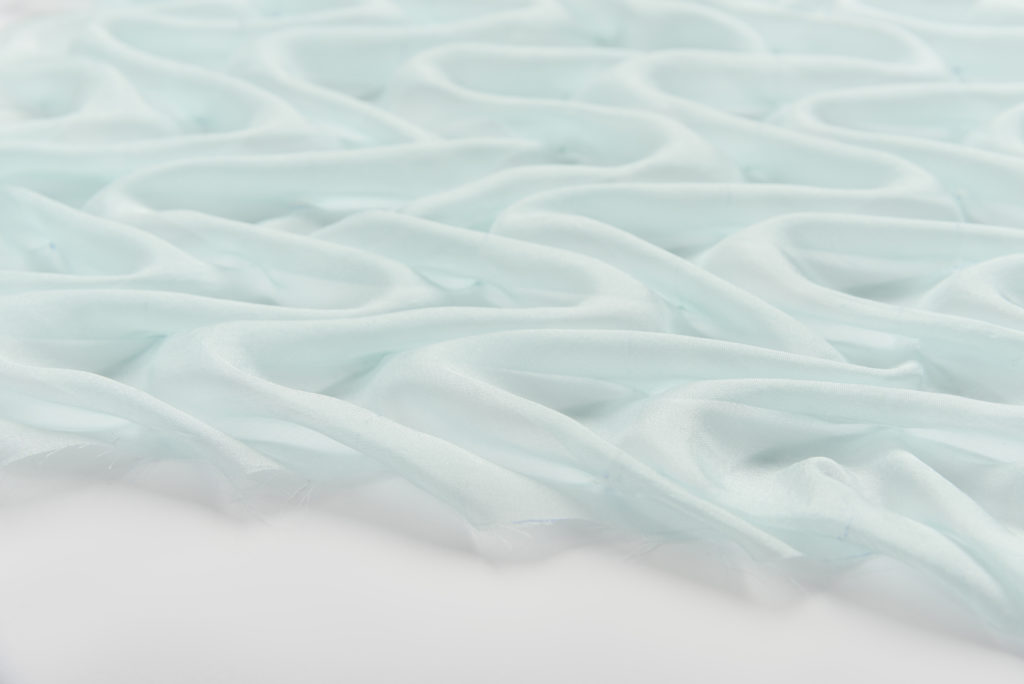
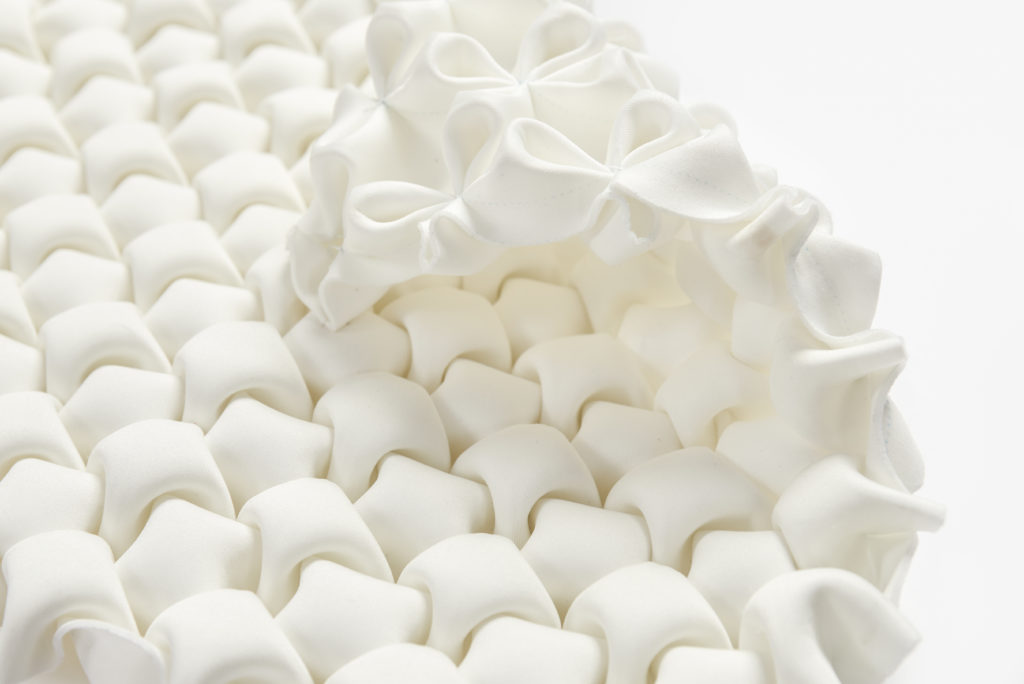
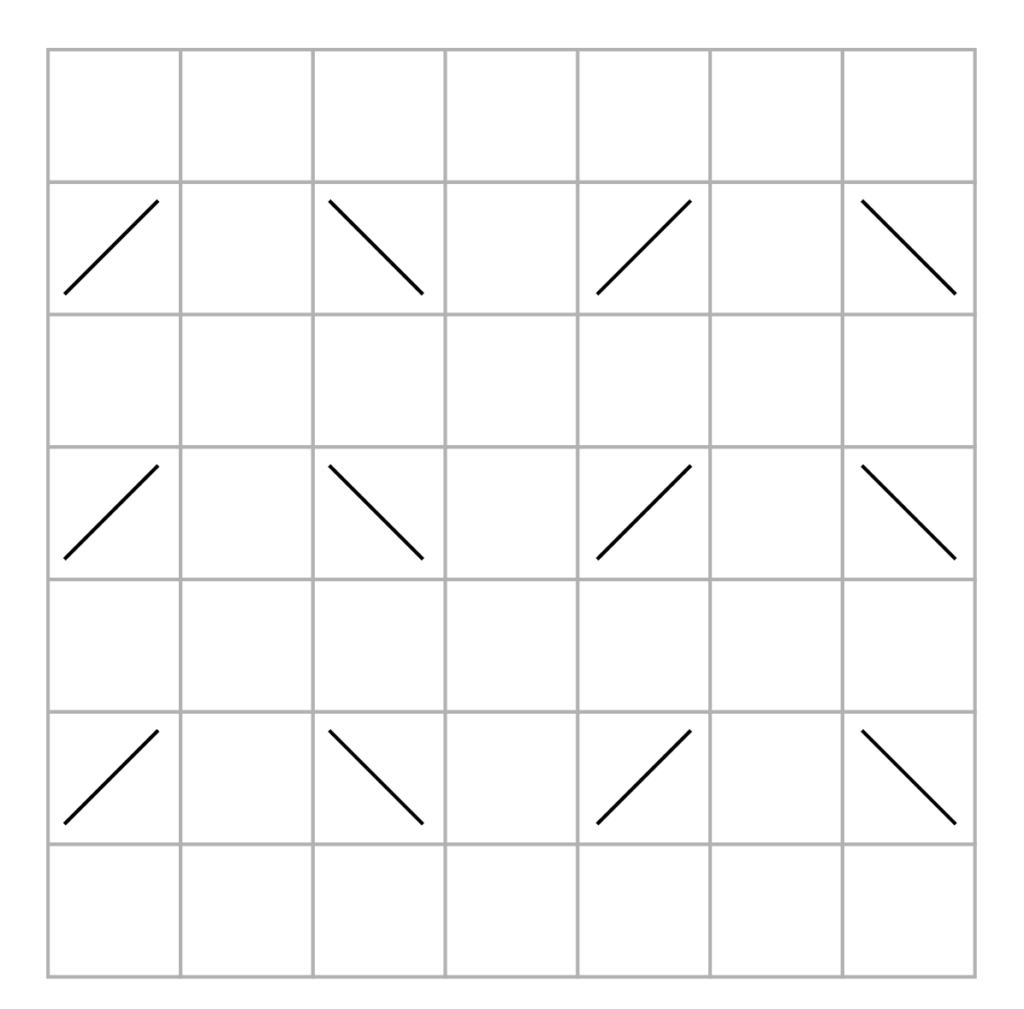
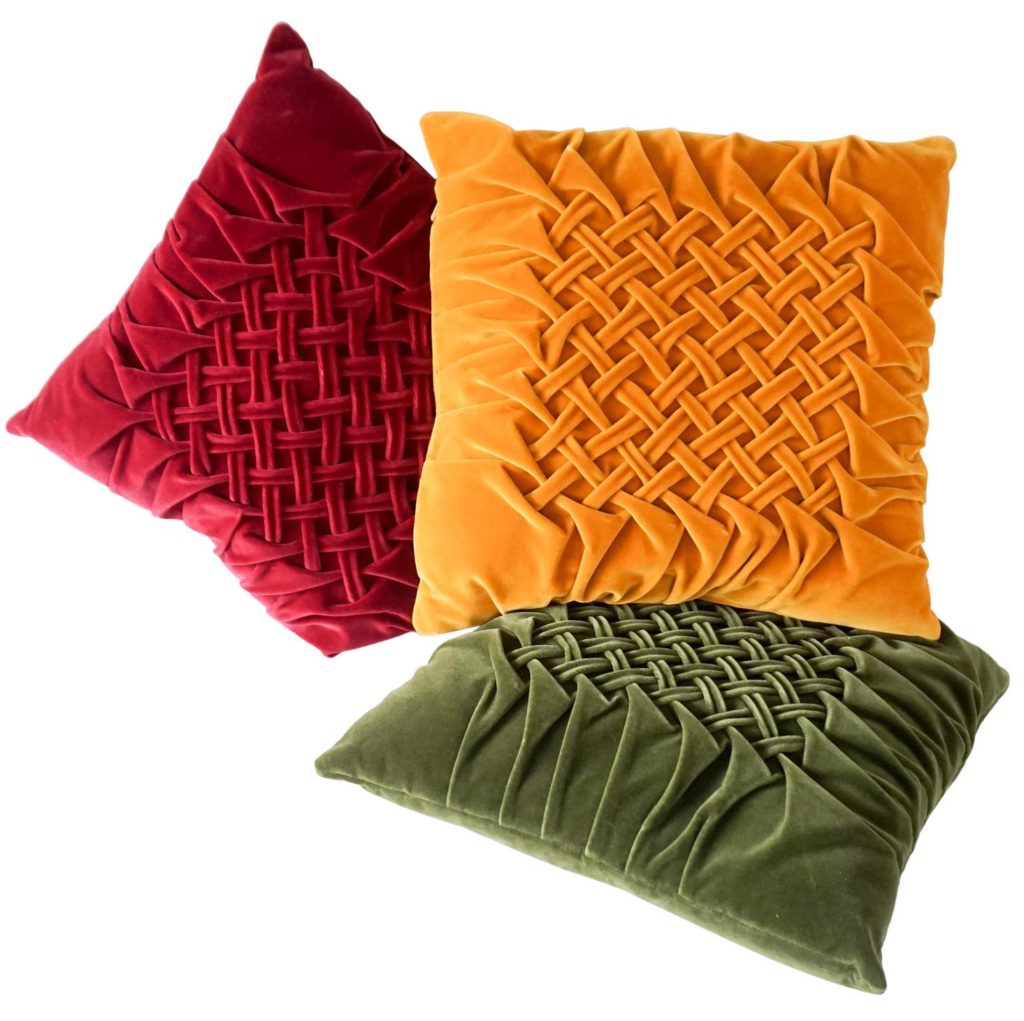
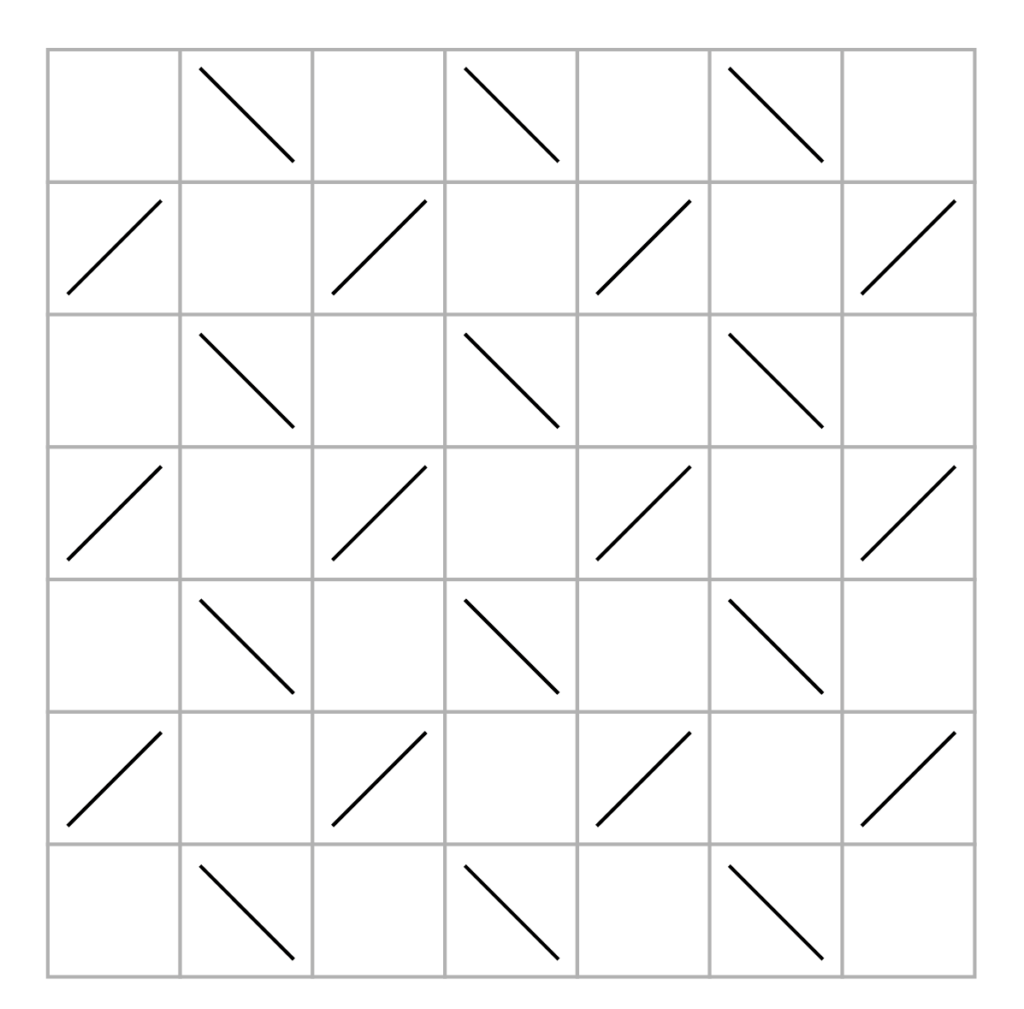

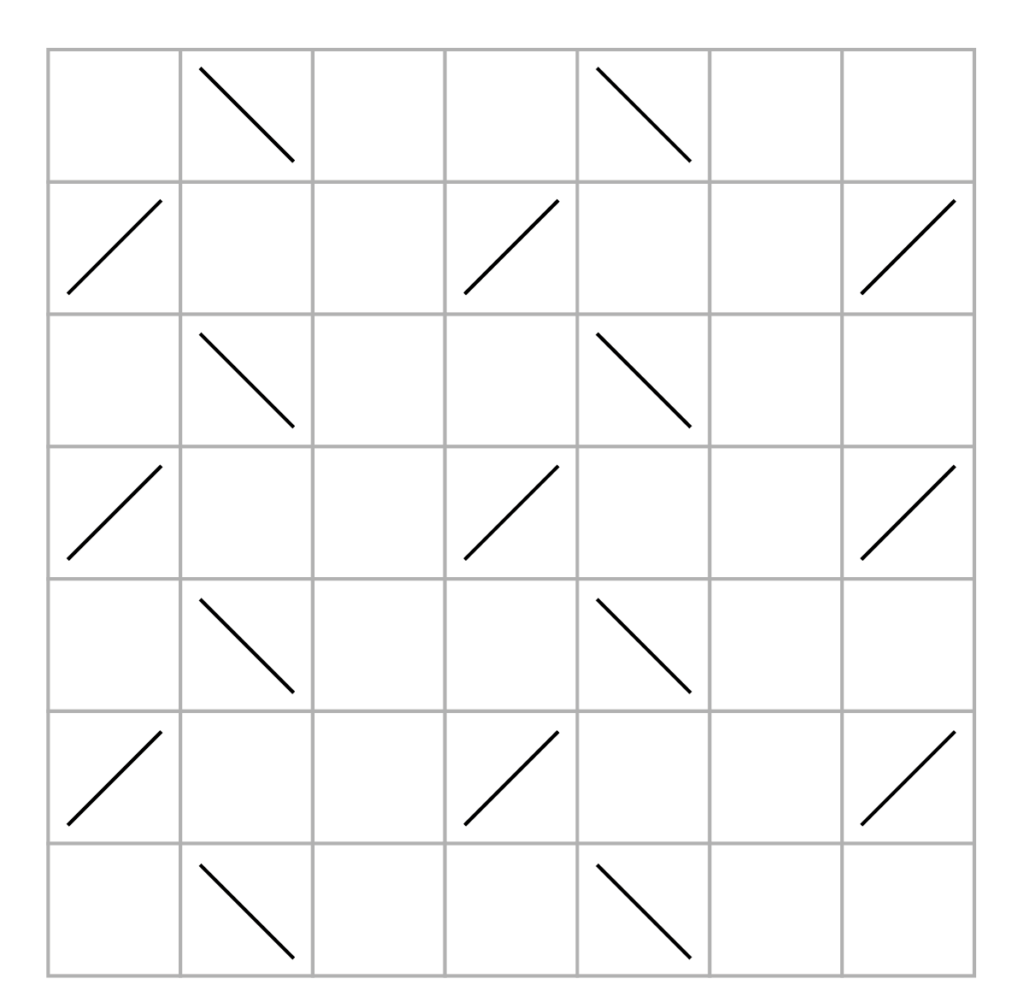




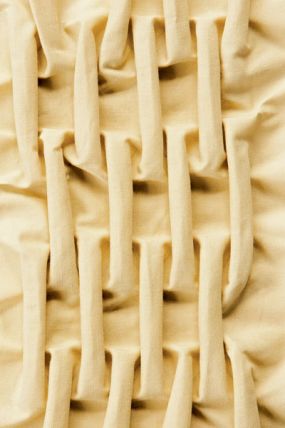
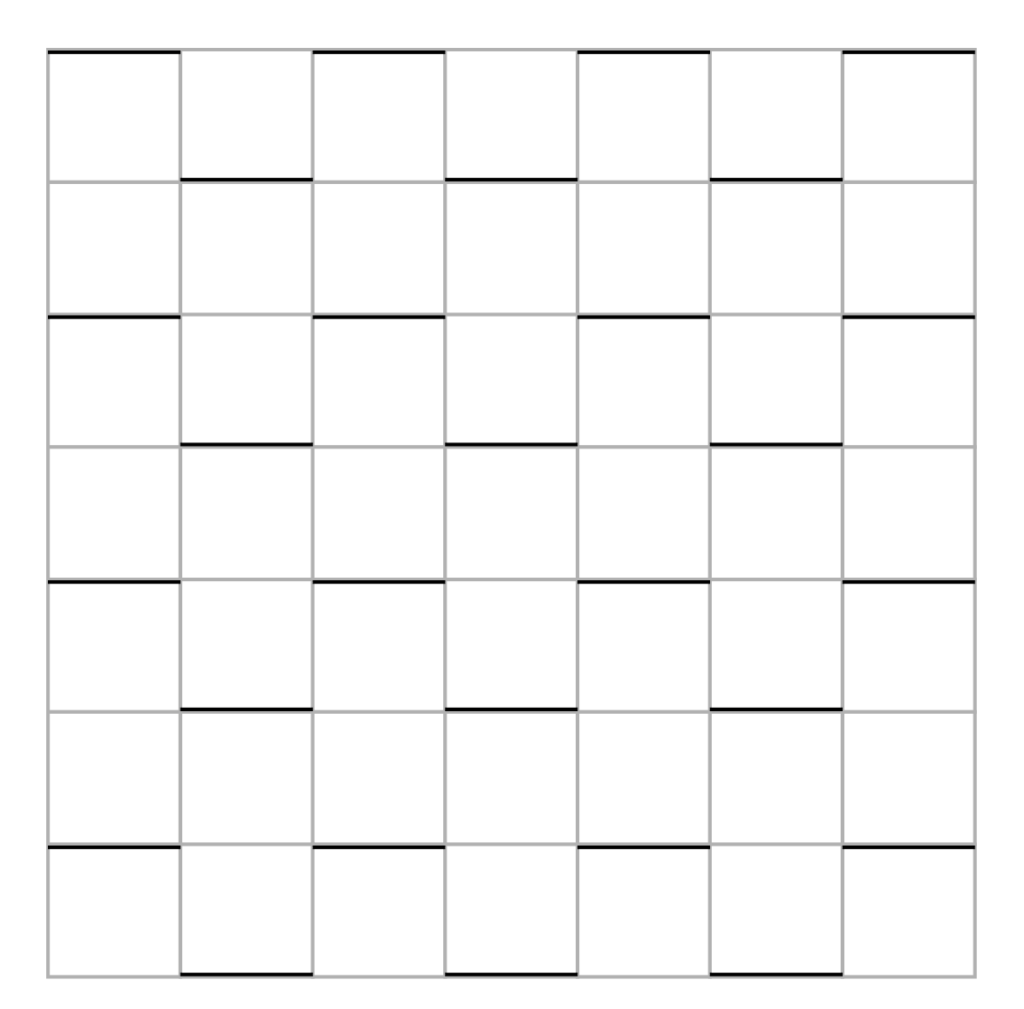

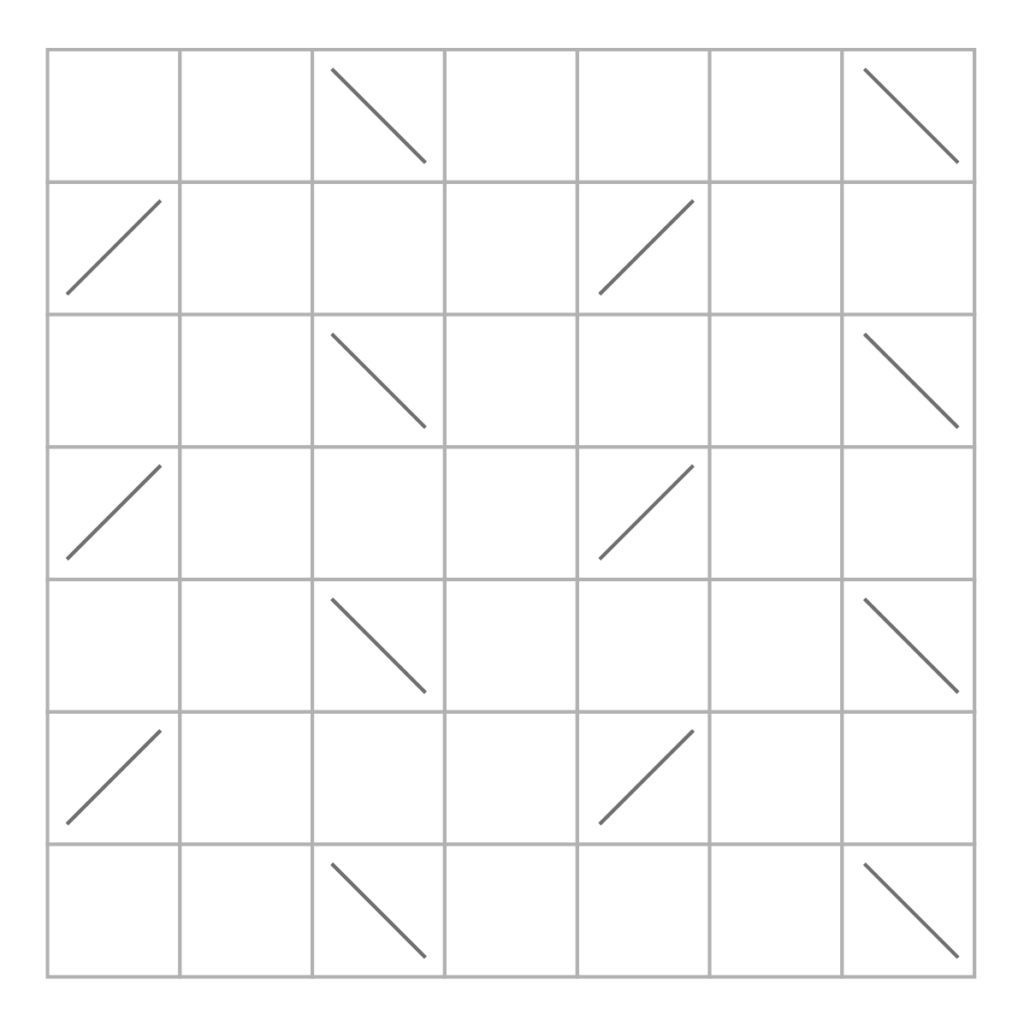
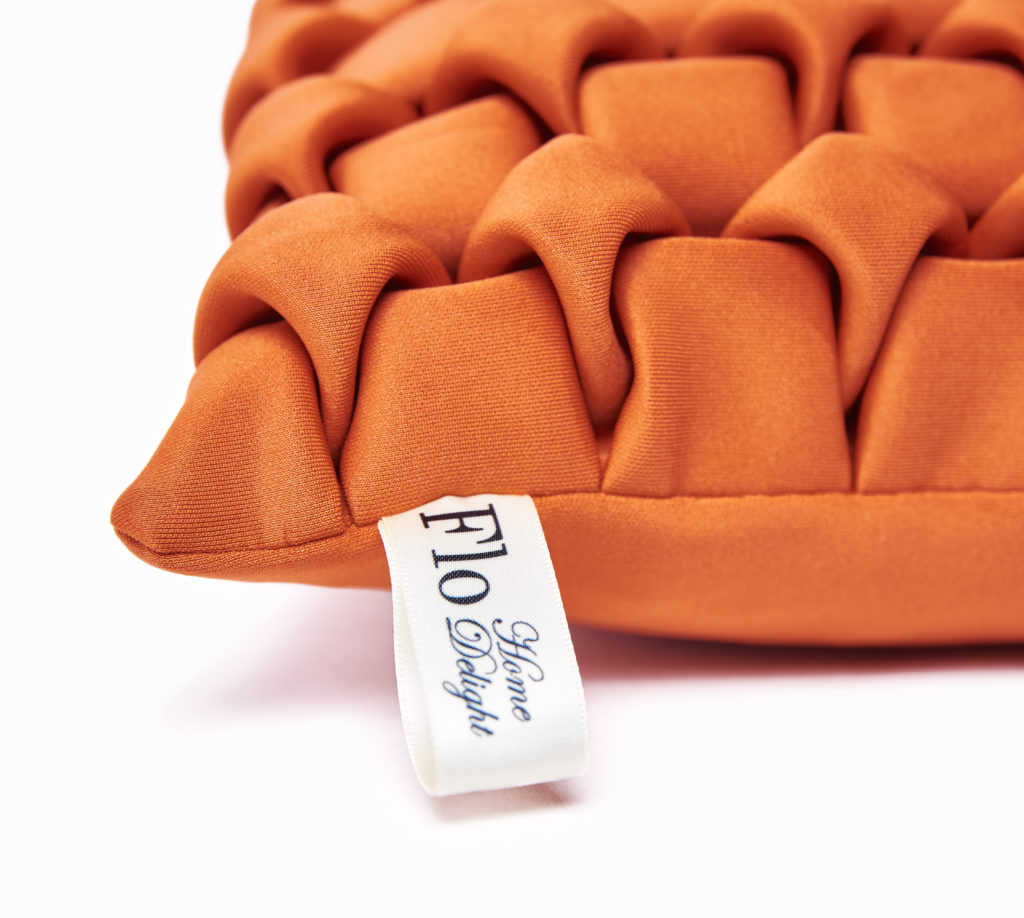
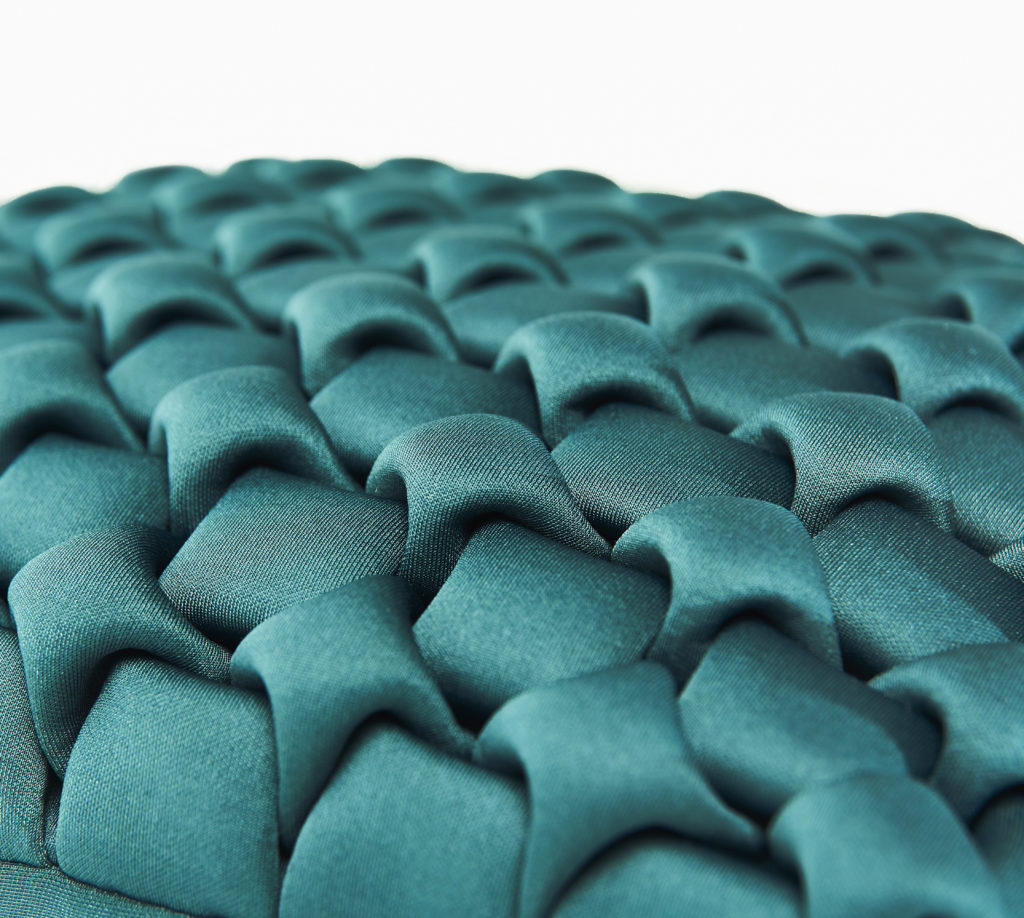

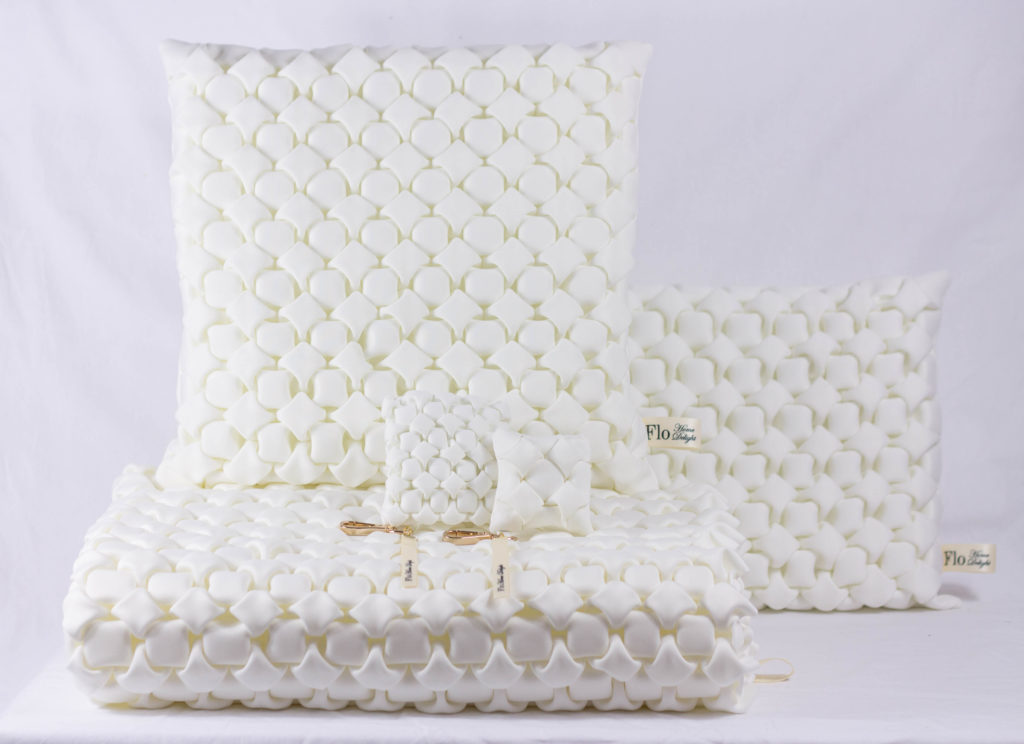
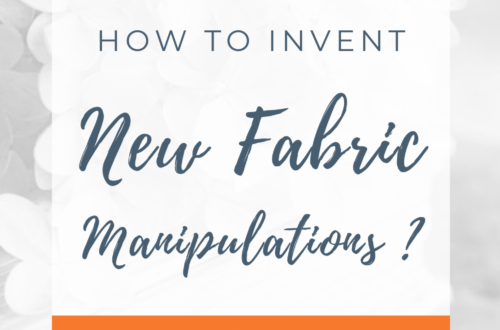
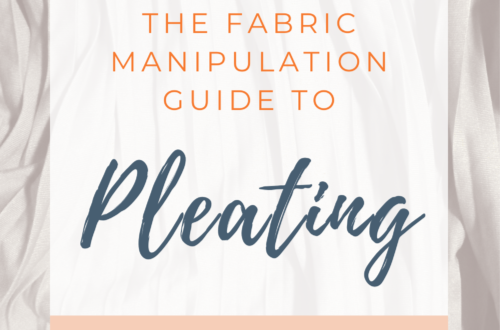

11 Comments
Megan Milla
I think you might have the wrong grid for the leaf pattern – it looks like the braid pattern. The leaf – if I’m not mistaken, has the alternating pairs of smocked columns with the lines going the opposite way to the paired columns between. For example if the first 2 rows on the first pair of smocked columns are / and \ then the first 2 rows on the next pair of columns start with \ and /.
I’m stitching a cushion from an original kit from about the 1960s right now (it had the grid stamped on the back of the fabric!). It has the grid you have for “leaf” but it makes the braid.
Floriane Schmitt
Hello Megan !
Thank you so much for your comment and attention to detail, it looks like you’re right !
I’ll be editing the post and adding the braid pattern.
Have a great day !
Floriane
Shamsa
I love your presentations easy to understand. I am after a pattern for boxed cushion if possible would like to calculate fabric usage
Many thanks
Shamsa
Shamsa
Excellent resource
Floriane Schmitt
Thank you 😊✨
Ruth Dimopoulos
I remember these smocked cushions adorned many chairs, sofas (“chesterfields”) and beds growing up in Ontario Canada in the 60’s and 70’s. Ours were made by my grandmother and I can’t wait to try this myself. This looks like a great resource- thank you!
Floriane Schmitt
Thank you for your comment, I’m glad you find the article useful ! and I’m happy to learn that indeed Canadian Smocks were popular in Canada, because little is known about how they appeared 😊
Saudatu Attahiru
It very beautiful I want to learn different design
Olajide festus
I want to learn it
Olajide Festus
I like it I want to learn it
Mashal
I would like to see videos of hou to make it